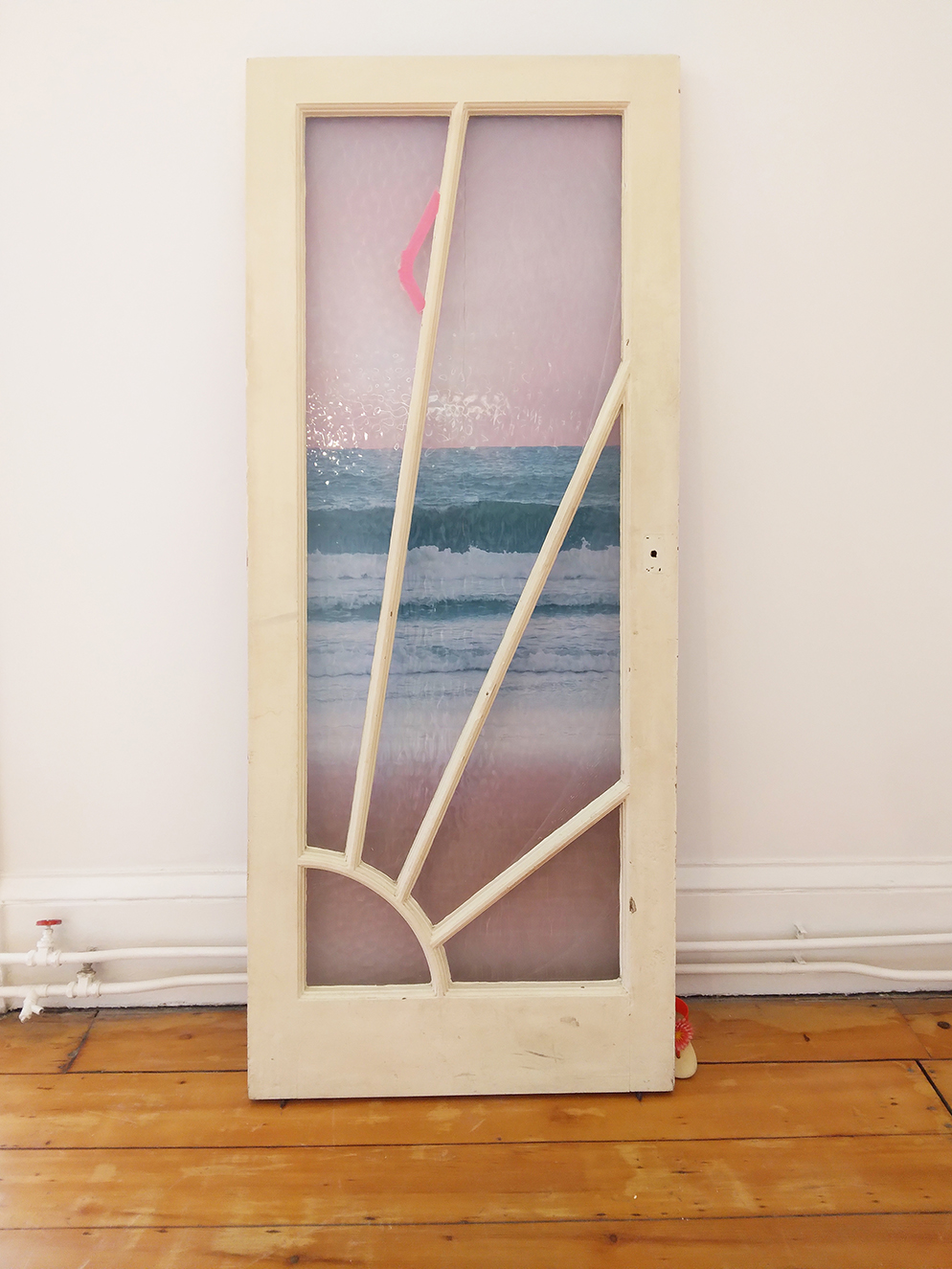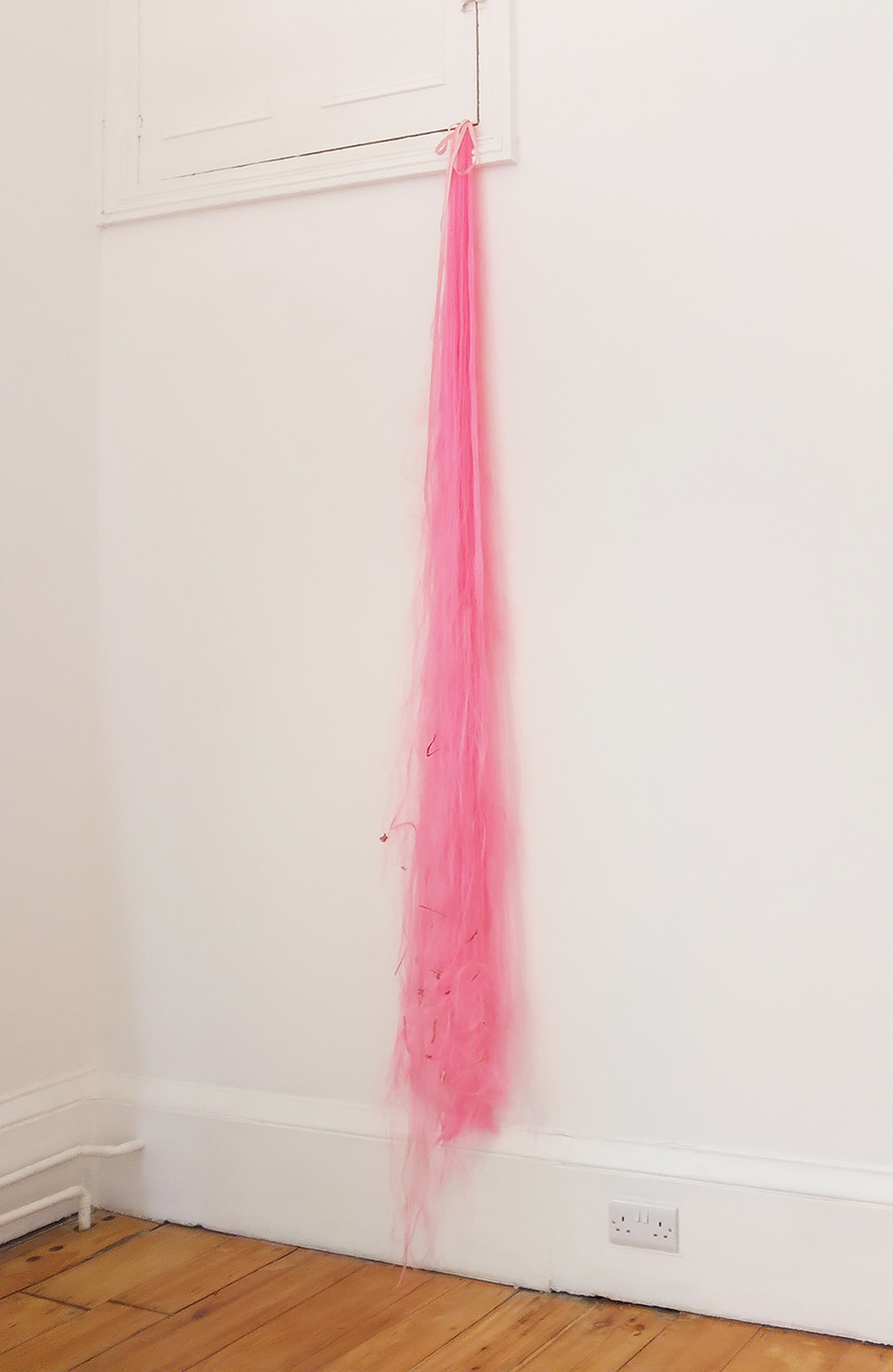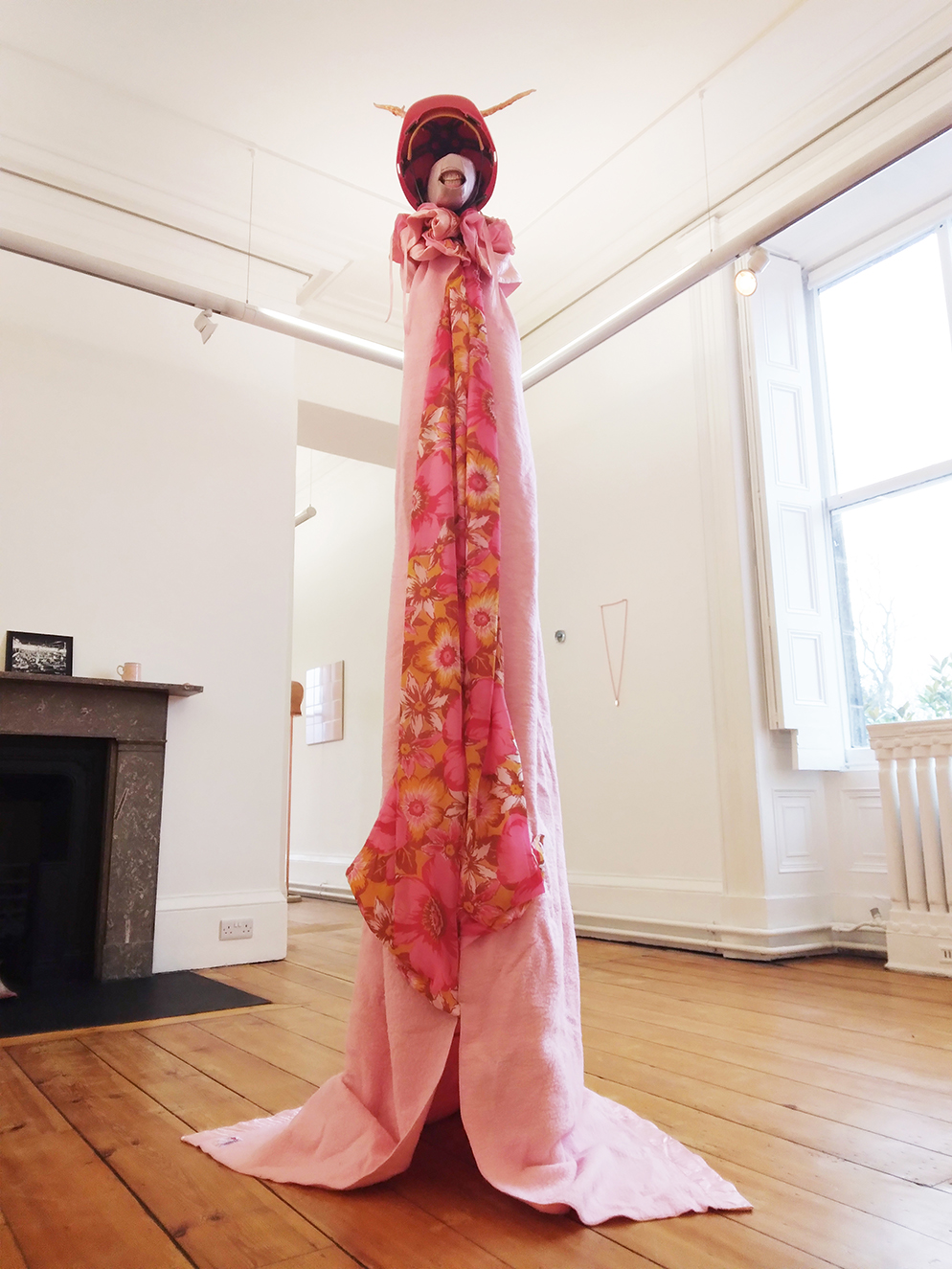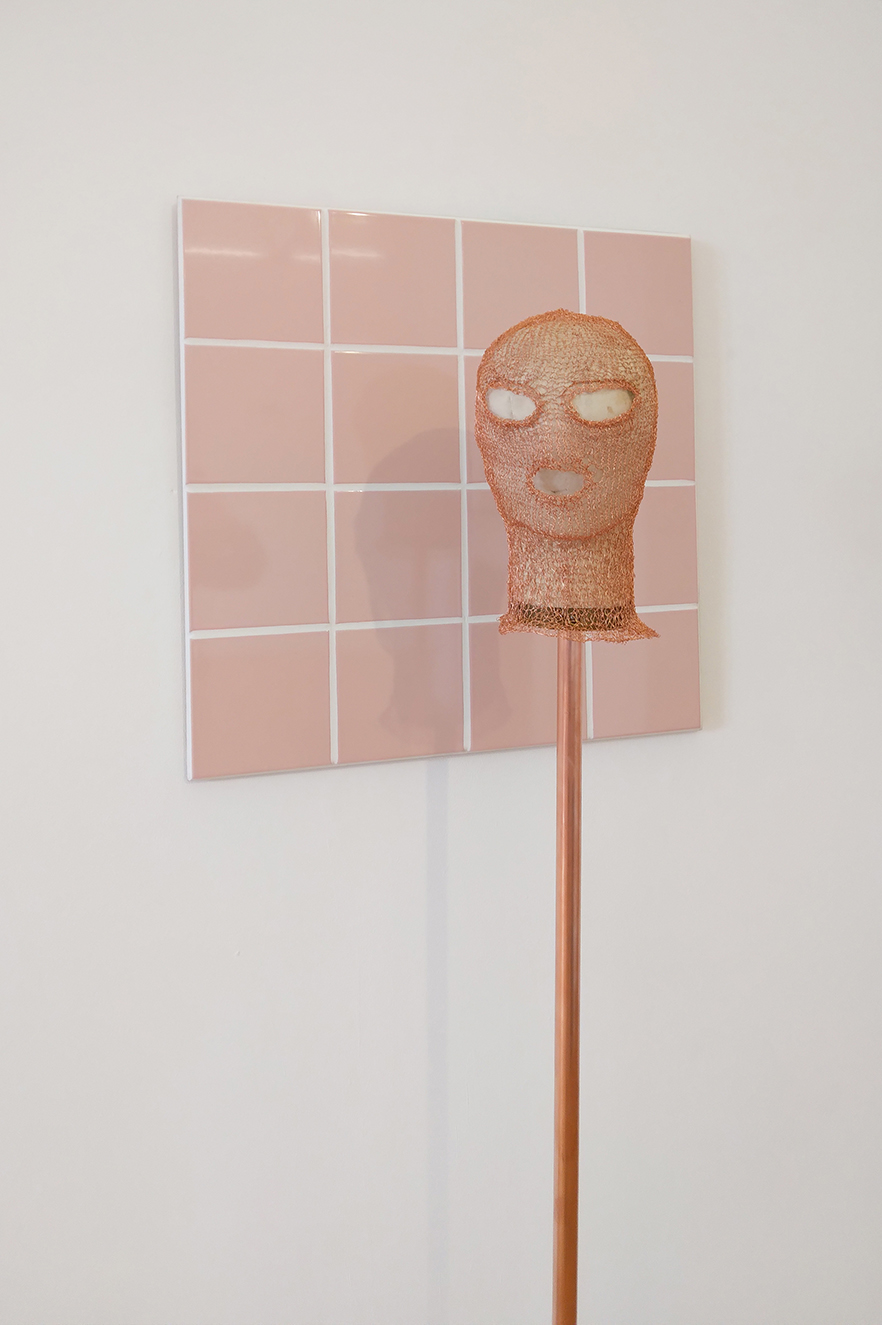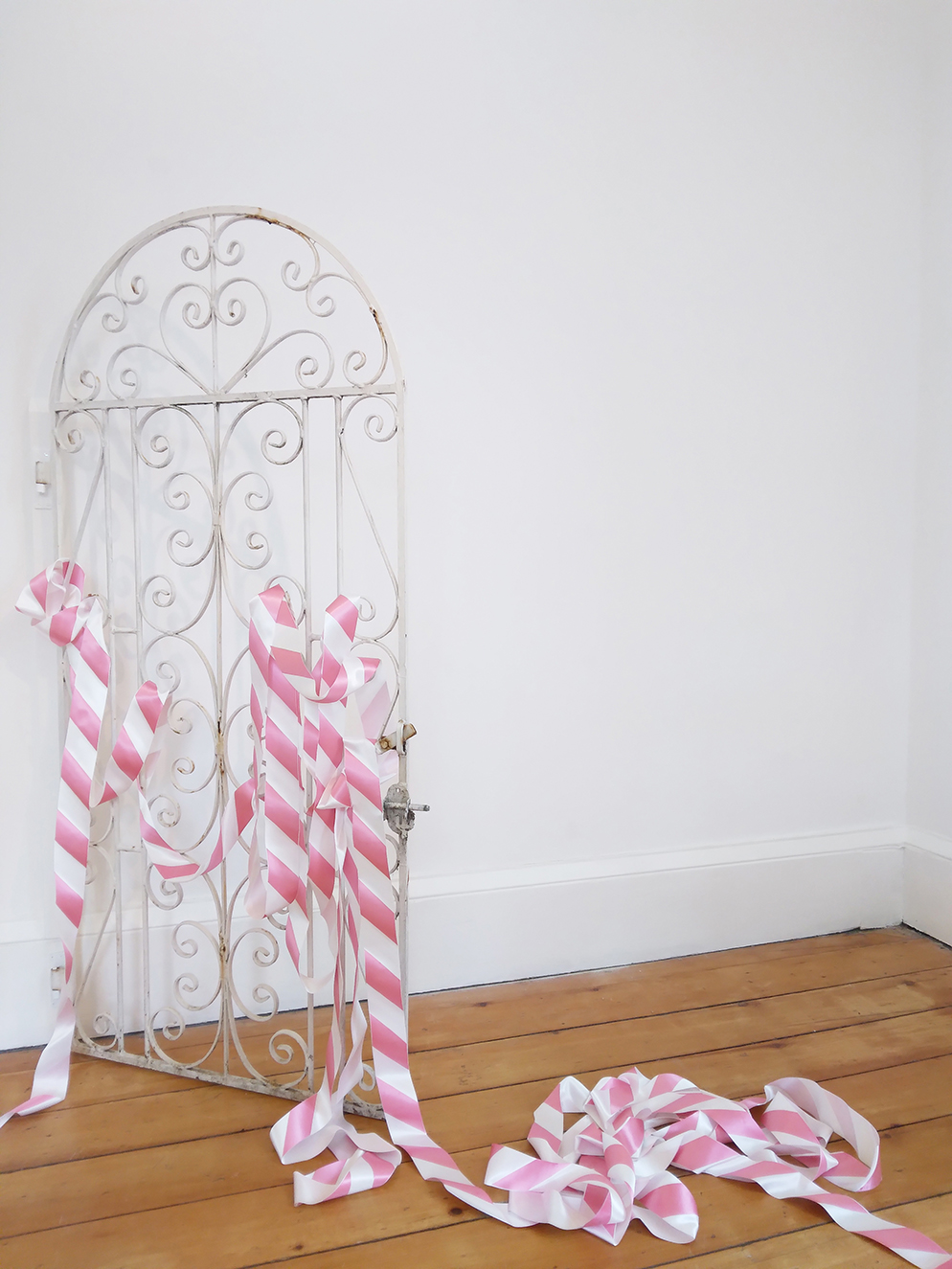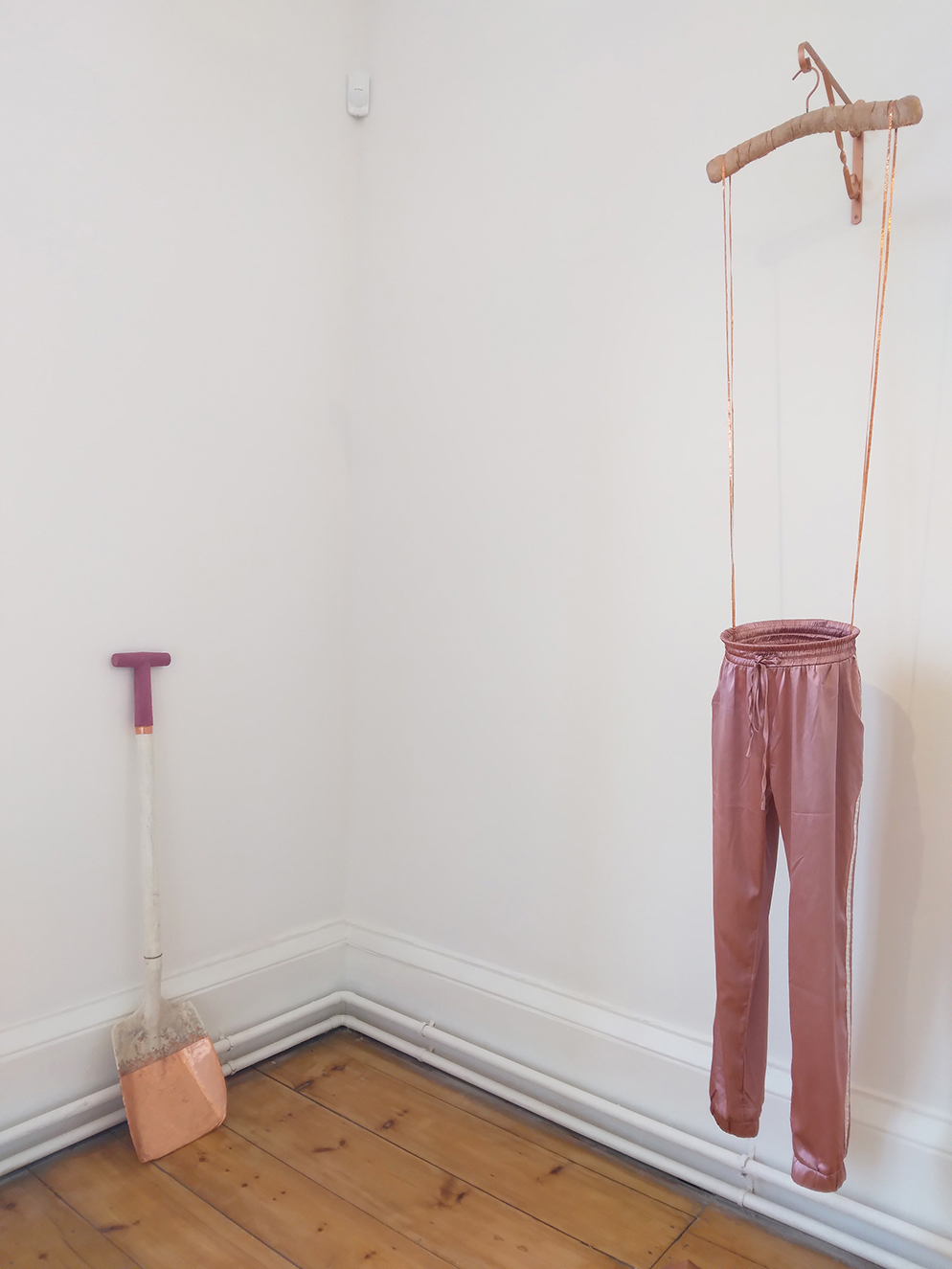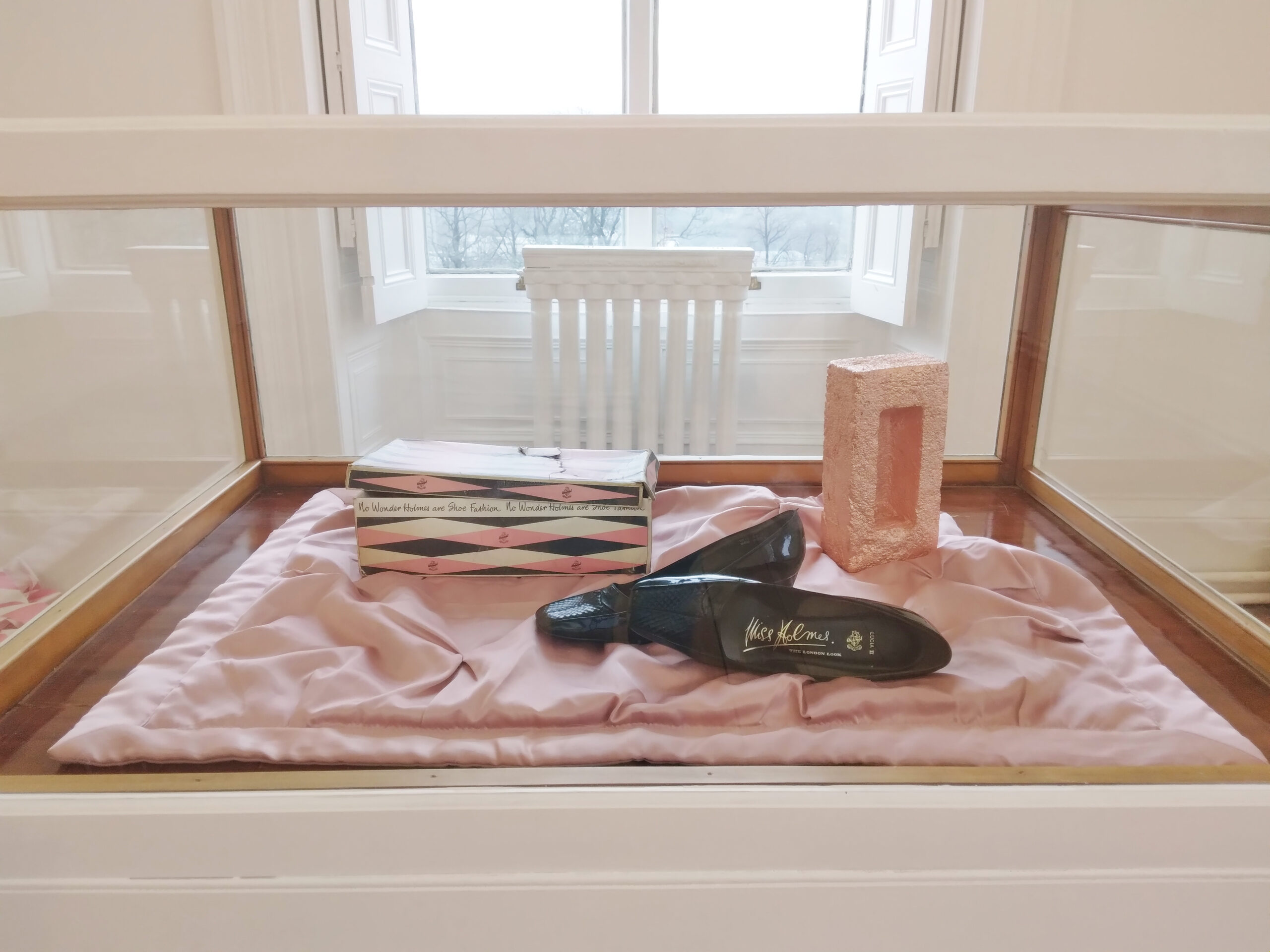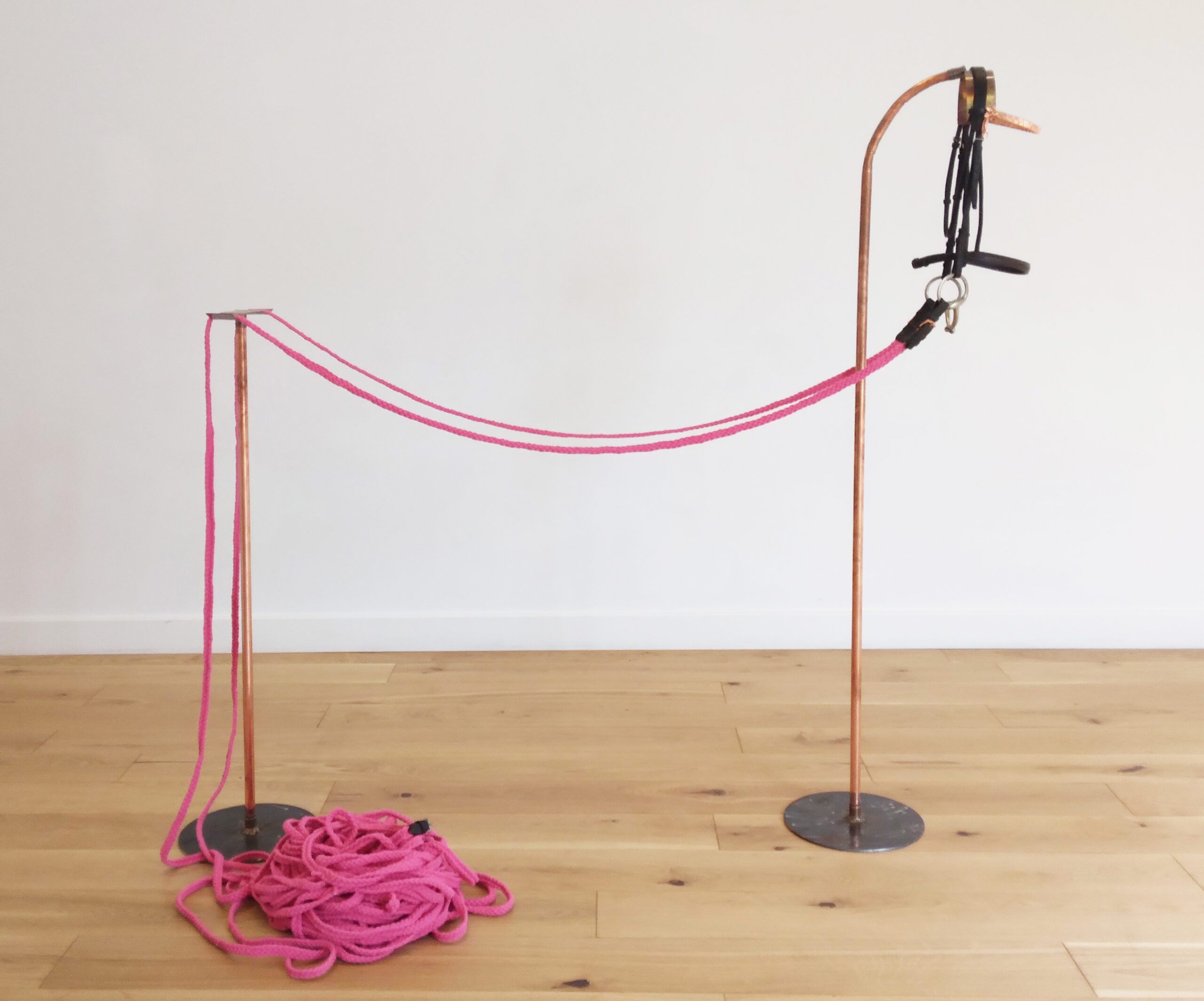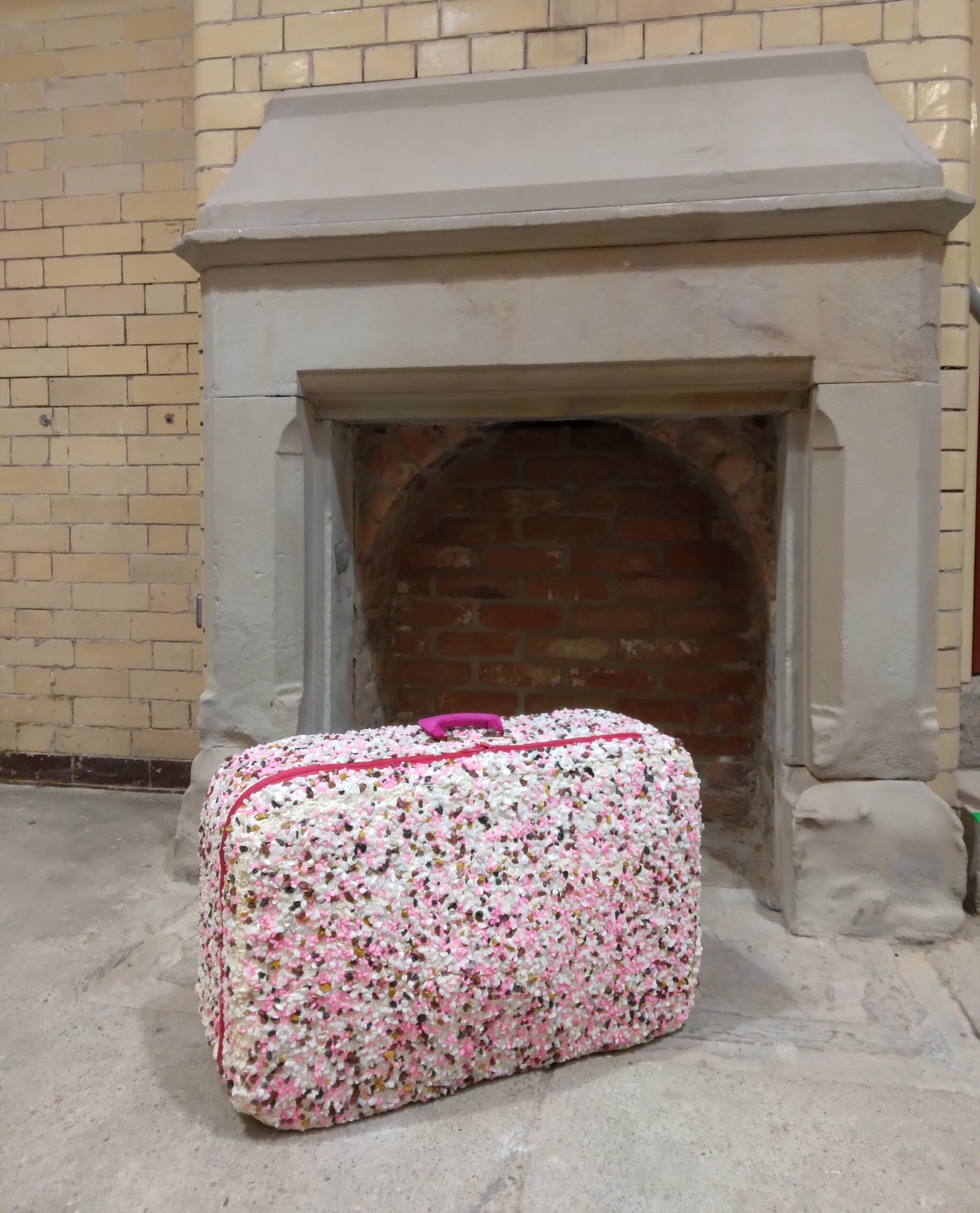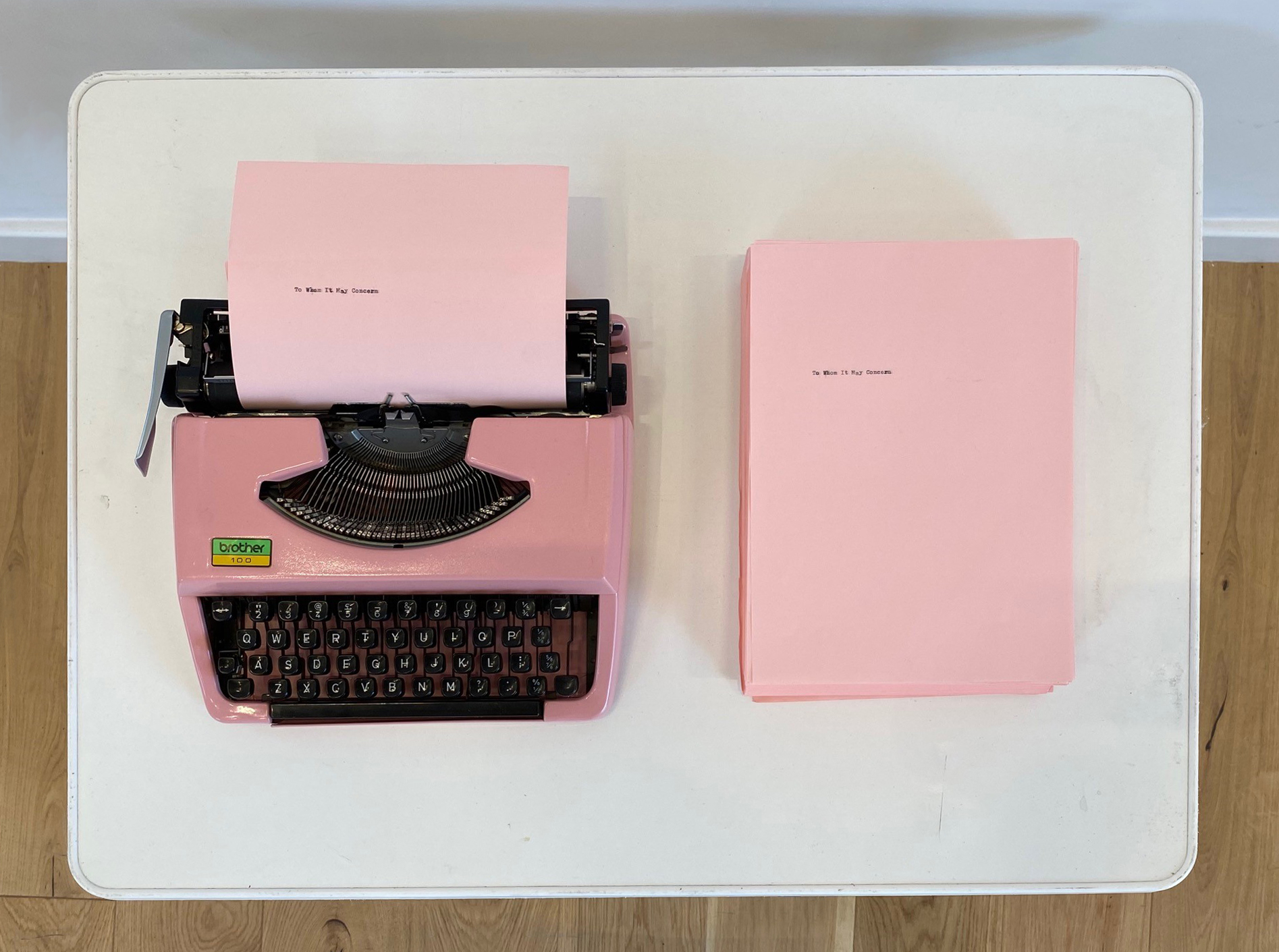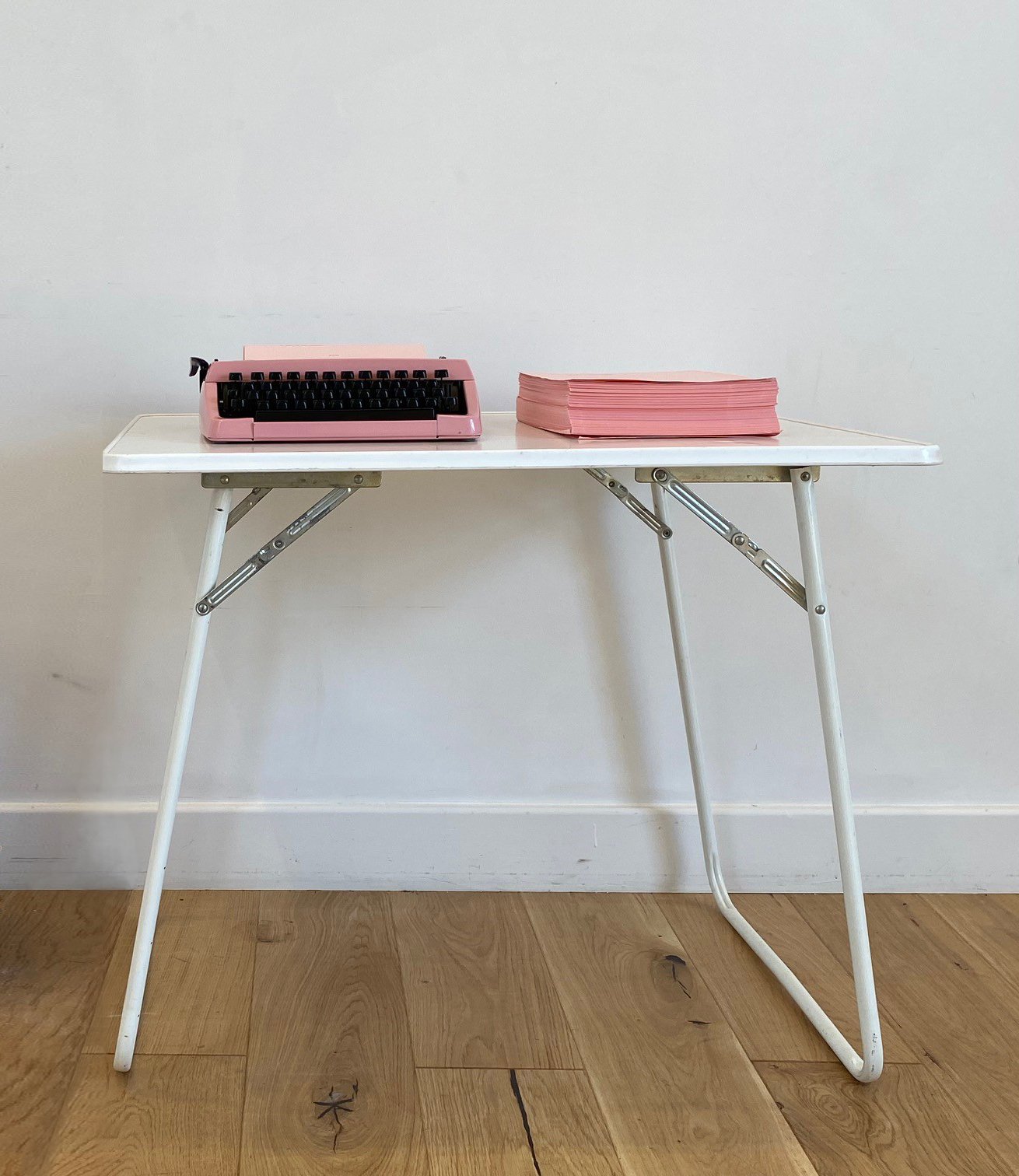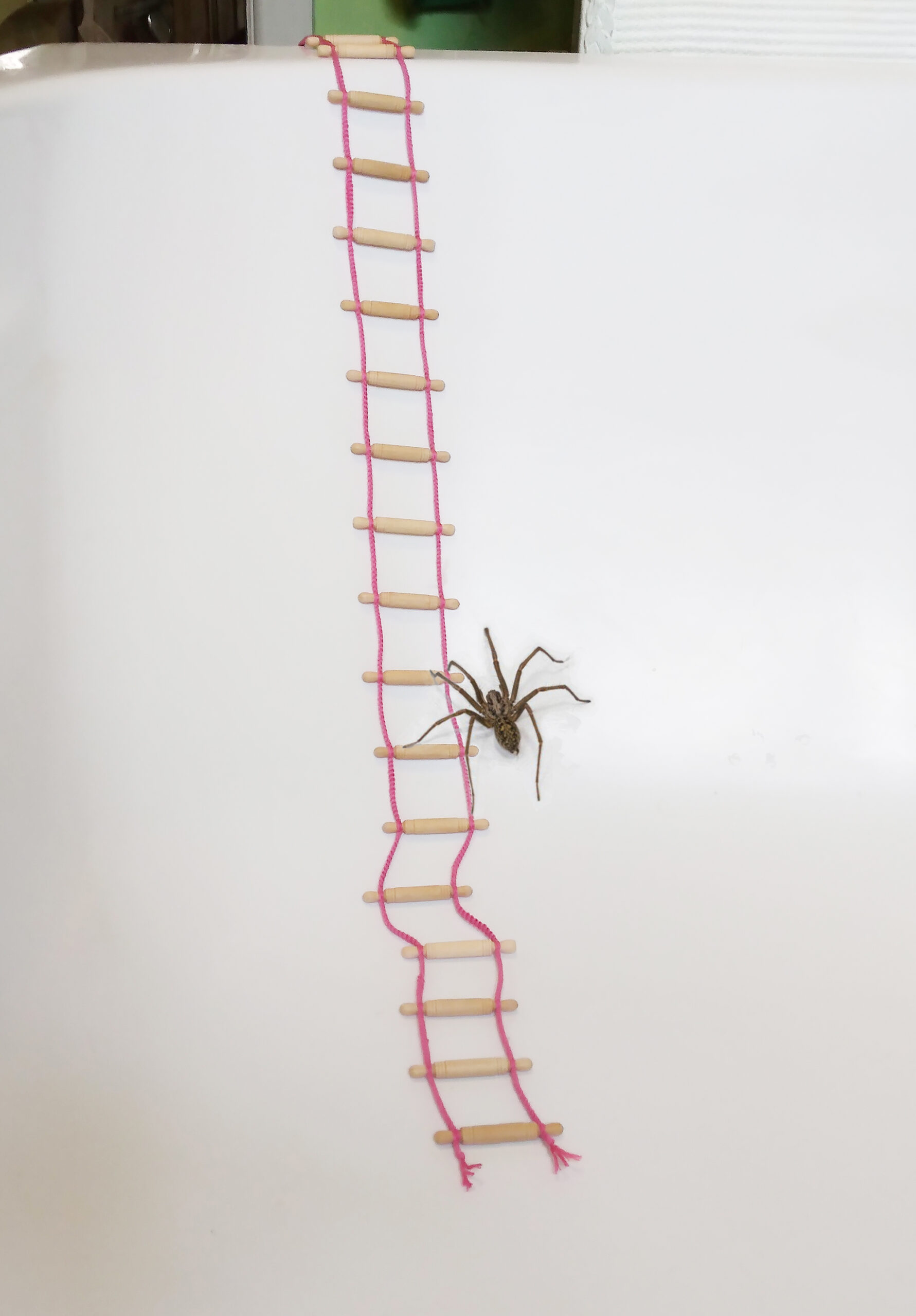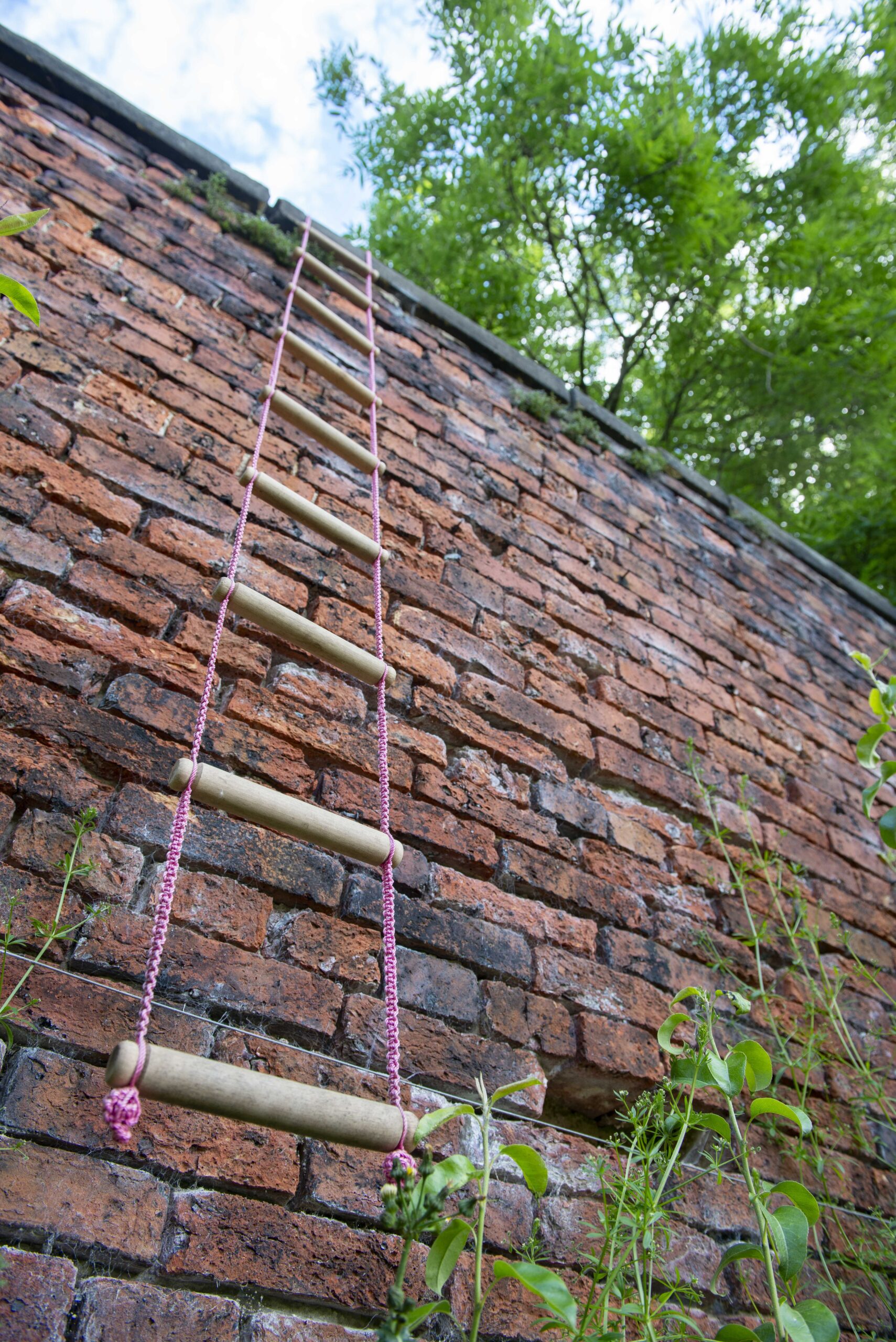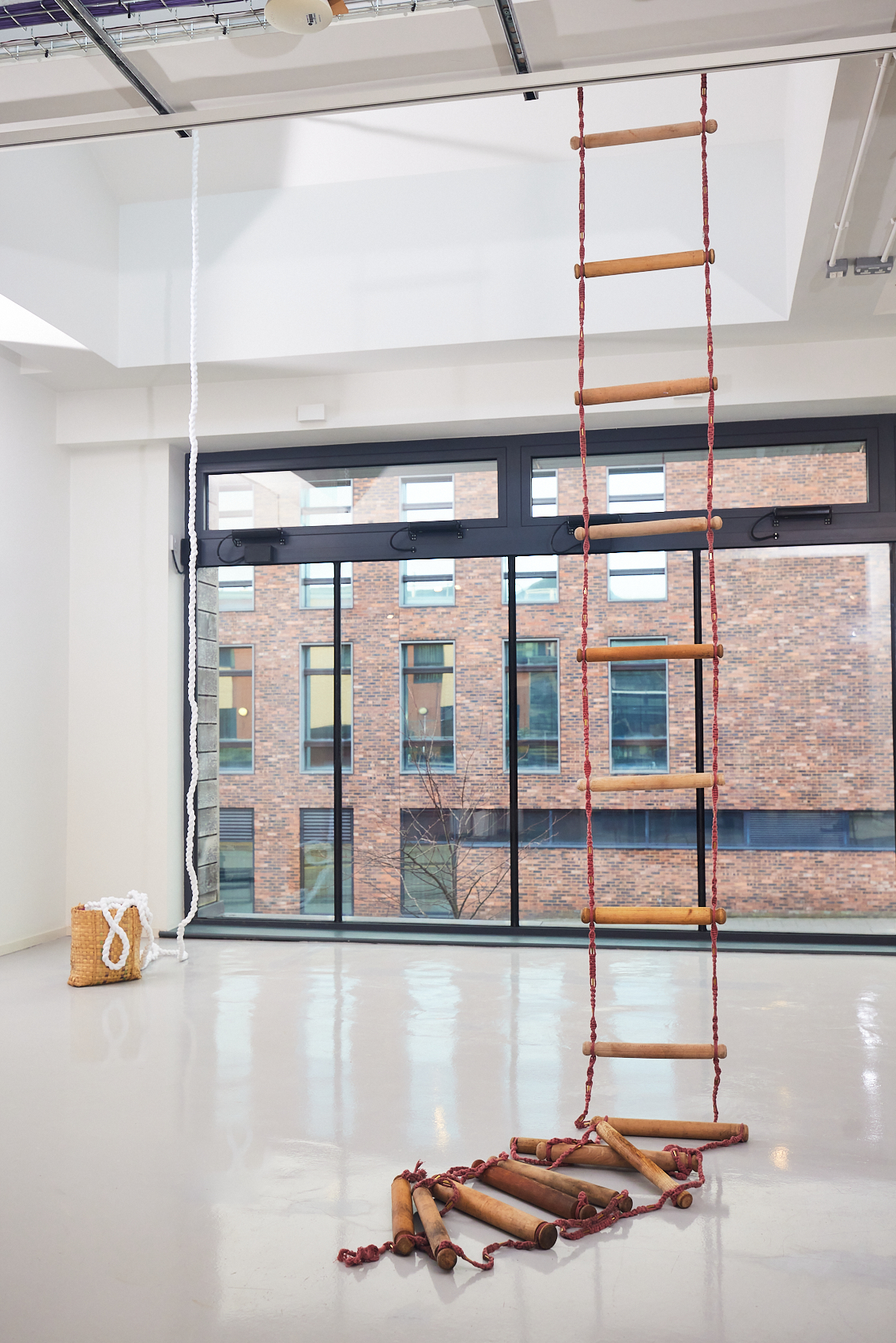Feminist Escape Route
The body of work, Feminist Escape Route, is an ongoing series that explores how the objects and actions of domesticity might be utilised to undertake escape strategies, either figuratively or metaphorically. The works are numbered in the order that I made them, but the sub-title Attempt No. also suggests that the feminist implied by the work’s main title, has made several previous attempts to escape, but from what or why is left uncertain. The escapes implied by this series of works are sometimes practical, writing letters To Whom it May Concern, for example, (the sentence typed on each of the 500 sheets of the ream of paper in Feminist Escape Route: Attempt No. 6). Sometimes the works reference popular culture, the shovel and joggers in Attempt No. 5 were conceived in response to the scenes in the film The Great Escape where the men smuggle the soil excavated from the tunnel they are digging, in the pockets of their trousers. And sometimes these works are fantastical bordering of the macabre, in Attempt No. 13 for example, where a hank of artificial pink hair protrudes from a high cupboard and seems to reference fairy tale princesses trapped in high towers, but also women and girls held against their will.
All of these works that comprise Feminist Escape Route, utilise materials in the colour pink as a knowing reference to the commodification of femininity, and most use some form of hand crafting process or technique in their production. In Attempt No. 8, nylon cord has been braided as a five-strand plait to produce the forty meters of reins. The twigs and leaves in No. 13 have been gilded with copper leaf, in Attempt No. 14 the back of the sunrise door has been decorated with invisible thread through the use of ‘string art’ to give the impression of cobwebs. In Attempt No, 11, the balaclava was knitted by hand using copper wire, an arduous and painful task. Most of the works in this series also make use of copper in a variety of forms, from copper leaf to copper piping. Copper is an interesting material for several reasons, it is the most conductive of all metals, hence it’s use in electrical wiring, it has been used by humans for over 10,000 years and is a major component of bronze, it has proven antibacterial properties, and oxidises to change colour from a pinky orange to a light bluey green, a natural process that is almost magical.
